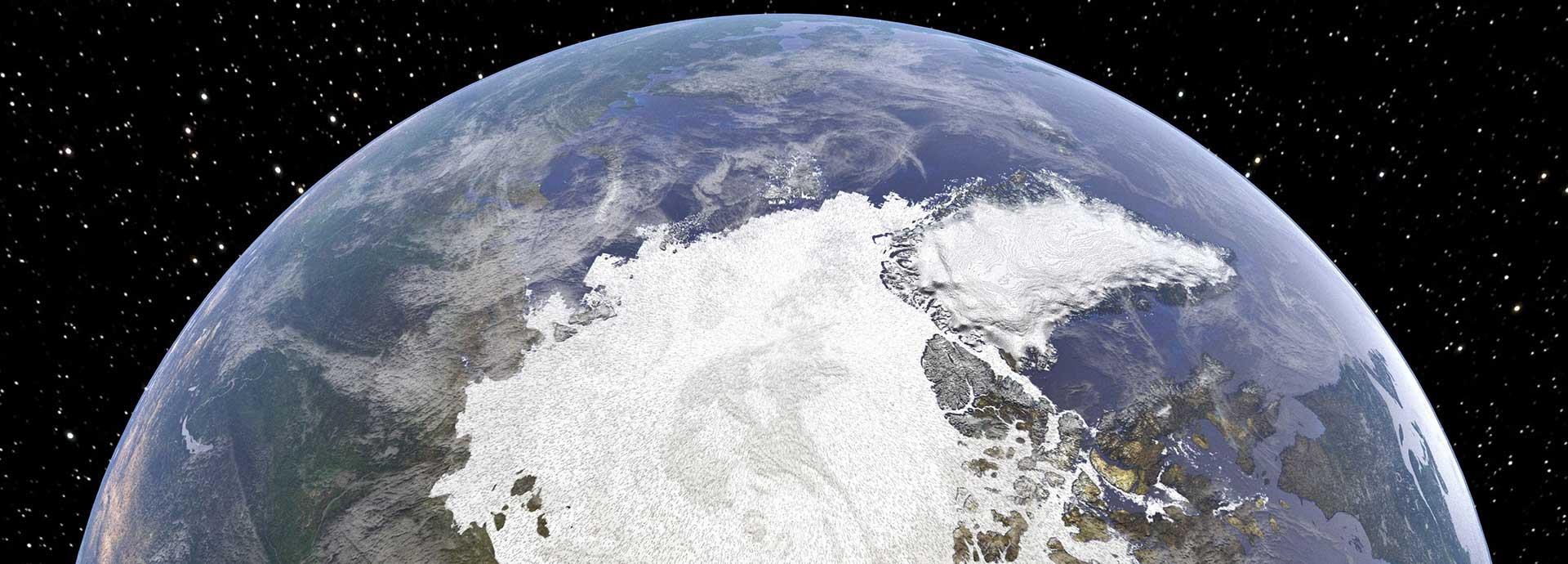

There is something unusual happening in the Arctic. For decades, the magnetic north has hovered around a point in northern Canada, but in the 1990s it began accelerating over the top of the world. Now, data shows, it is getting faster and faster as it hurtles toward Siberia. “In 2017, it crossed the international date line so it’s definitely on the Russian side of the planet rather than the Canadian,” says Phil Livermoore, Associate Professor of Geophysics at the University of Leeds in the United Kingdom.
This is more than just a scientific curiosity. Many navigation systems rely on the magnetic north, and its wanderings (about 55 kilometres a year at the current rate) present very real challenges for industry, particularly global shipping companies.
Fortunately, there is no reason yet for ordinary people to panic (unless you’re planning to use your smartphone on a trek through the Arctic). But experts are warning it is almost impossible to predict what will happen next, and even more extreme movements by the magnetic north could — in theory — have a much broader social impact.
The core of the problem
Changes in the magnetic north are caused by the flows of molten iron and nickel in the Earth’s core. These metals generate a magnetic field and, as they move around, so does the location of magnetic north. Some have characterised the current rapid movements as a “geomagnetic jerk”.
While scientists understand the broad dynamics of the process, it is almost impossible to anticipate what lies around the corner. As the core is separated from the Earth’s surface by 3,000 kilometres of solid rock, long-term predictions are very difficult. “You can liken the problem to forecasting the weather or the climate,” says Livermoore.
While some scientists have claimed that the changes are indicative of the first stage of a reversal of the earth’s magnetic poles, others caution that there is no real evidence for this.
“The north-south structure is moving, but not very fast – nowhere near as fast as the magnetic pole itself,” explains Livermoore.
Lost in the Arctic
One of the big concerns is that the shifting location of magnetic north will cause problems for navigation in the Arctic.
“Gyroscopic compasses have long been used by the civilian fleet as the main instrument to determine a ship's course. So, the movement of the magnetic north pole affects navigation for seagoing vessels but usually only for the back-up navigation system,” says Alex Speransky, a leading expert at Wärtsilä Voyage Solutions.
The magnetic north is also used by millions of people around the world — in car satnavs or in smartphones (popular apps like Google Maps and Apple Maps are dependent on it). However, most will never notice a problem as they are overwhelmingly used at latitudes below 55 degrees where any effects will be minuscule.
“The kind of errors we are talking about are very small, maybe a degree, at least away from the Arctic, so it’s not going to have major social implications yet,” says Livermoore.
Moreover, the risks of a navigation issue resulting from a difference in the magnetic used in maps and the real magnetic north only emerge in the time gaps between official updates made by the World Magnetic Model (WWM). Funded by the UK and US militaries, WMM tracks the position of the magnetic poles and relays it to the general public. Because of the
“As long as the magnetic models that underpin all the navigations systems are updated appropriately it shouldn’t really be a problem,” says Livermoore.
What next?
While the scientific community has been excited by how observing the changes to the magnetic north might tell us more about how the Earth’s core works, most people are more interested in how it will play out in the years to come, and the consequences for daily life.
The short answer is that no-one knows. If the movements are the first stage in a reversal of the magnetic poles, that could lead to a weakening of the magnetic field. “This isn't good for people, and especially satellites and astronauts because the magnetic field shields Earth from some dangerous radiation from the sun,” says Speransky.
But others are less definitive, and many will not say more than the magnetic north’s current direction of migration (a remarkably straight line toward Siberia) is likely to continue unchanged. “It’s possible that something weird will happen and it will go a different way,” says Livermoore. “But our best guess is that it looks like it will carry on.”
